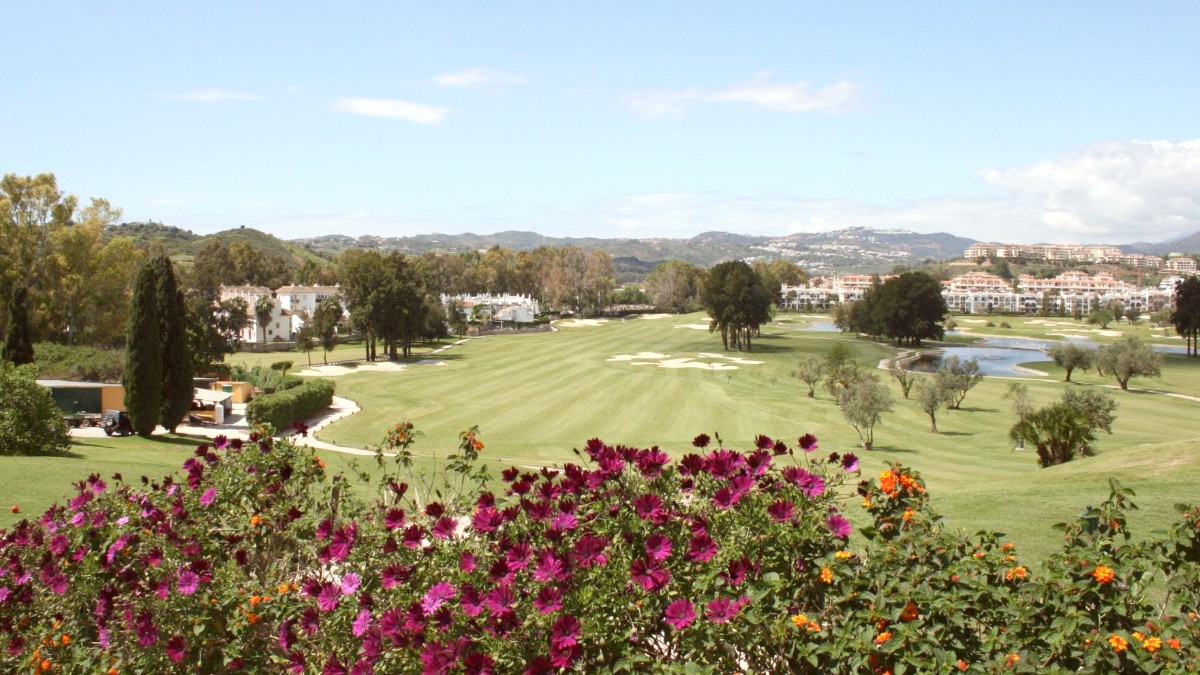
Andalucia, Spain
Olive oil is a staple, generously used. Fresh fish and seafood dominate: sardines, anchovies, prawns, hake. Vegetables: tomatoes, peppers, cucumbers, garlic, onions. Ham and pork feature prominently. Citrus fruits, especially oranges and lemons, appear in savory and sweet preparations.
Andalusian cuisine prioritizes fresh, simple preparations. Garlic, parsley, and lemon brighten dishes. Frying, "a la andaluza" (lightly battered and quickly fried in olive oil), is prevalent for seafood, yielding crisp, non-greasy textures.
Meals in Spain are typically eaten later. Breakfast (Desayuno): 08:00-10:00, light. Lunch (Almuerzo): 14:00-16:00, main meal, "menu del día" value. Dinner (Cena): 21:00-23:00, lighter, tapas or single dish.
Small plates, enjoyed throughout the day as snack or light meal. Tapas culture encourages socializing and trying various dishes.
Lingering at the table after a meal for conversation, coffee, or a digestif is common and encouraged. This speaks to the social aspect of dining.
Fresh sardines skewered on reeds, seasoned, and grilled over an open wood fire in a sand-filled boat on the beach. Smoky, tender fish.
Find at: Chiringuitos along the Paseo Marítimo.
Mix of small, fresh fish and seafood, lightly battered and quickly fried in olive oil. Crisp exterior, tender interior.
Find at: Most seafood restaurants and chiringuitos.
Cold tomato-based soups, refreshing in summer. Gazpacho: lighter. Salmorejo: thicker, often topped with jamón serrano and hard-boiled egg.
Find at: Traditional restaurants.
Fried dough pastries, served with thick hot chocolate for dipping. Popular for breakfast or afternoon snack.
Ice cream widely available. Tocino de Cielo: rich, sweet custard dessert.
Fuengirola has limited true fine dining. For high-end gourmet experiences, consider nearby Marbella or Malaga city with Michelin-starred options.
Abundant throughout town and along the Paseo Marítimo. Variety of cuisines: traditional Spanish, fresh seafood, grilled meats, paella, diverse Mediterranean dishes.
Tapas bars off main tourist streets offer affordable options. Chiringuitos (beach bars) serve affordable fresh seafood, especially espetos.
San Miguel/Cruzcampo: Popular local beers, often served caña (small draft). Tinto de Verano: Refreshing red wine mixed with lemonade or soda, a lighter alternative to sangria.
Sangria: Well-known wine-based punch with chopped fruit.
Fino/Manzanilla: Dry sherry wines from Jerez, often served chilled with tapas, representing an authentic Andalusian aperitif.
Best enjoyed before a meal with small bites.
Lemon slushie, perfect for hot days.
Sweet, milky drink made from tigernuts, common in summer.
Zumo de naranja natural, from local Andalusian oranges.
Always available and refreshing.
Specific halal or kosher restaurants are limited. Some Middle Eastern restaurants may offer halal options.
Widespread availability is not present.
Larger supermarkets might carry some certified products.
Not a reliable source for all needs.
Online forums and specialized apps. HappyCow for vegan/vegetarian restaurants.
Semana Santa (Easter Holy Week): Torrijas (French toast-like). Christmas: Polvorones and Mantecados (shortbread-like cookies).
Local operators in Fuengirola, Malaga, or Marbella offer Spanish/Andalusian cooking classes.
Often center on tapas routes, sampling dishes at various bars, or market visits for ingredient sourcing.
Olive oil mills or wineries available as day trips to inland Andalusia (e.g., Ronda region or Antequera).
As a developed resort, Fuengirola has limited community-based tourism directly within the town.
Focus is on established tourism infrastructure.
For more immersive community experiences, consider visiting the white villages further inland.
Local culture and traditions are more central here.
From fresh seafood to traditional soups, Fuengirola offers a genuine taste of Andalusian coastal cuisine.
Enjoy local beers, refreshing tinto de verano, or authentic dry sherry wines.
Engage in cooking classes, food tours, and seasonal festivals for a connection.
Always check opening hours, as many smaller establishments close between lunch and dinner. Reservations for dinner are advisable for popular restaurants, especially during high season.